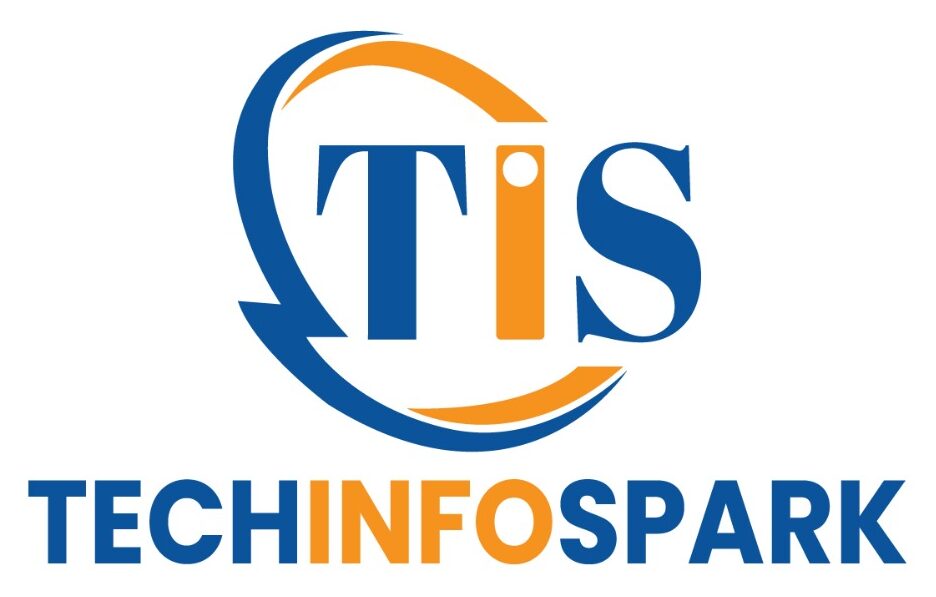Podcasting has exploded into one of the most intimate and effective content formats — but depending on sponsors alone can be limiting, slow, or simply not a fit for many creators. The good news: there are numerous proven ways to monetize a podcast without relying on brand deals. This guide covers smart, sustainable strategies to earn from podcasting while keeping creative control and building closer relationships with your listeners.
Why diversify away from sponsors
Sponsors are great when they arrive, but they’re often unpredictable and can require audience size and niche fit that many podcasters don’t yet have. Non-sponsor revenue streams let you:
-
Keep your editorial independence.
-
Build recurring income rather than one-off ad checks.
-
Deepen loyalty by offering value directly to fans.
-
Experiment with multiple small revenue sources that add up.
1. Listener-supported memberships & subscriptions
One of the fastest-growing methods is to offer paid memberships through platforms like Patreon, Buy Me a Coffee, or native podcast subscriptions (Apple Podcasts/Spotify paid features). Membership tiers can include:
-
Ad-free episodes or early access.
-
Bonus episodes, behind-the-scenes content, and extended interviews.
-
Access to a private community (Discord, Slack, or private RSS feed).
Price tiers can be low ($2–$5/month) for broad appeal or higher ($10–$25/month) for premium, limited-content tiers. The key is clear value and consistent delivery.
2. Premium episodes and micro-payments
Sell individual premium episodes or mini-series for a one-time fee. This works well for special investigations, deep-dive workshops, or collab episodes. Use platforms that support single-episode purchases or set up a simple shop on your site with digital downloads.
3. Sell digital products tied to your podcast
Create products that naturally extend your show’s topic:
-
Ebooks, guides, templates, checklists.
-
Online courses or workshops (live or self-paced).
-
Transcripts bundled with show notes, resources, or annotated episode breakdowns.
Digital products are high-margin — create once and sell repeatedly. Position them as “companion” resources for listeners who want to go deeper.
4. Host paid live events and virtual shows
Live events create urgency and connection. Options include:
-
Paid live recordings with Q&A.
-
Workshops, panels, or masterclasses.
-
Meetups or small retreats for superfans.
Virtual events reduce overhead and make it easy to sell tickets internationally. Offer VIP tickets with backstage access or signed merch to upsell.
5. Merch and physical products
Branded merchandise (tees, mugs, stickers) not only generates revenue but also turns listeners into walking ambassadors. Keep inventory lean using print-on-demand services, or sell limited-run drops to create scarcity.
6. Affiliate marketing done right
Affiliate links are less intrusive than full sponsorships and can be a steady income stream if you only promote tools or products you trust. Tips:
-
Use affiliate mentions sparingly and transparently.
-
Create episode-show-note pages with affiliate links and value-added reviews.
-
Focus on high-conversion, niche-relevant products for best results.
7. Consulting, coaching, or freelance services
If your podcast showcases expertise (marketing, career advice, health, etc.), offer one-on-one consulting, coaching packages, or freelance services. Many listeners convert into clients because they already trust your voice and perspective.
8. Licensing and repackaging audio
License your interviews or audio clips to other creators, or repurpose episodes into:
-
Short-form clips for social platforms (monetizable with creator funds).
-
Audiobooks or narrated guides.
-
Syndication to platforms that pay for unique audio content.
9. Crowdfunding special projects
For ambitious projects—documentary series, investigative seasons, or high-production mini-series—use crowdfunding platforms like Kickstarter or Indiegogo. Offer tiers with exclusive access, credits in the episode, or physical rewards.
10. Build an email list as your backbone
A direct email list is your best asset. Use it to:
-
Announce product launches, events, and premium drops.
-
Share exclusive content that nudges listeners to paid offers.
-
Test offers and measure what converts before creating bigger products.
Practical tips to maximize non-sponsor revenue
-
Start small: pick 1–2 strategies and do them well.
-
Offer clear benefits: spell out what paying listeners get and why it’s worth it.
-
Use analytics: track downloads, conversion rates, and which episodes lead to purchases.
-
Promote naturally: mention offers in episodes, show notes, and social posts. Don’t over-sell — focus on value.
-
Keep a consistent publishing schedule — paid fans expect reliability.
Example revenue mix for a growing podcast
Imagine a show with 5,000 downloads per episode. A realistic mix could be:
-
2% conversion to a $5/month membership = 50 x $5 = $250/month recurring.
-
10 sales/month of a $25 digital course = $250/month.
-
Monthly merch drops + live event ticket sales = $100–$400/month depending on demand.
Combined, these channels can surpass what small sponsorships might pay — and they scale as your audience grows.
Final thoughts
Monetizing a podcast without sponsors is not only possible — it can be more stable, scalable, and aligned with your creative goals. The core principle: build trust, create complementary products or experiences, and make it easy for listeners to support you in the way that fits them best. Start with one paid offering, learn from your audience, and expand from there. Over time those diversified income streams will give you freedom and stability — plus a closer relationship with the people who matter most: your listeners.
From the one and only Team Techinfospark
For more tech blogs, visit our website: Tech Info Sparks



